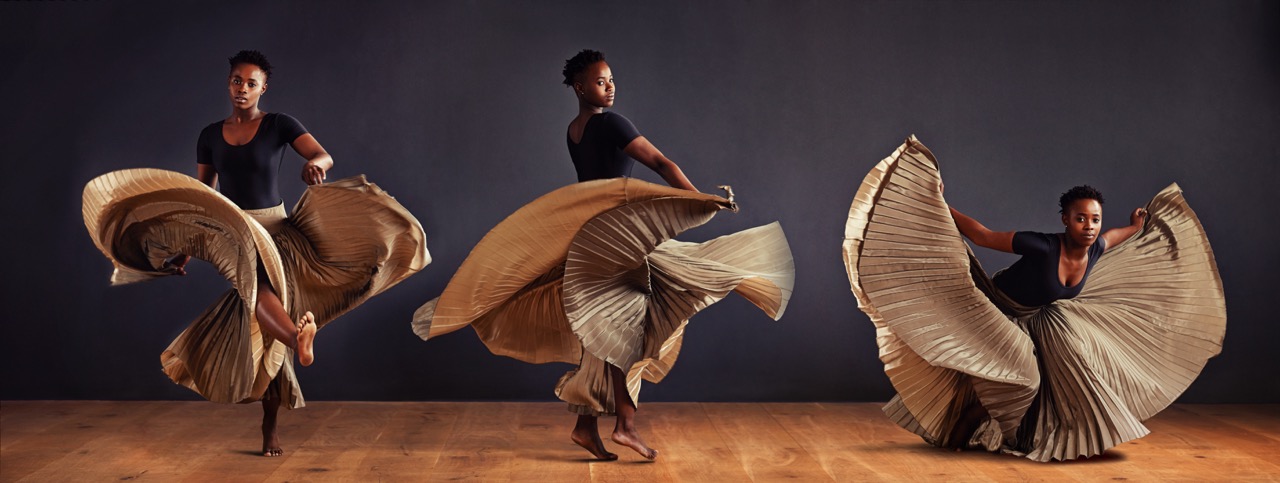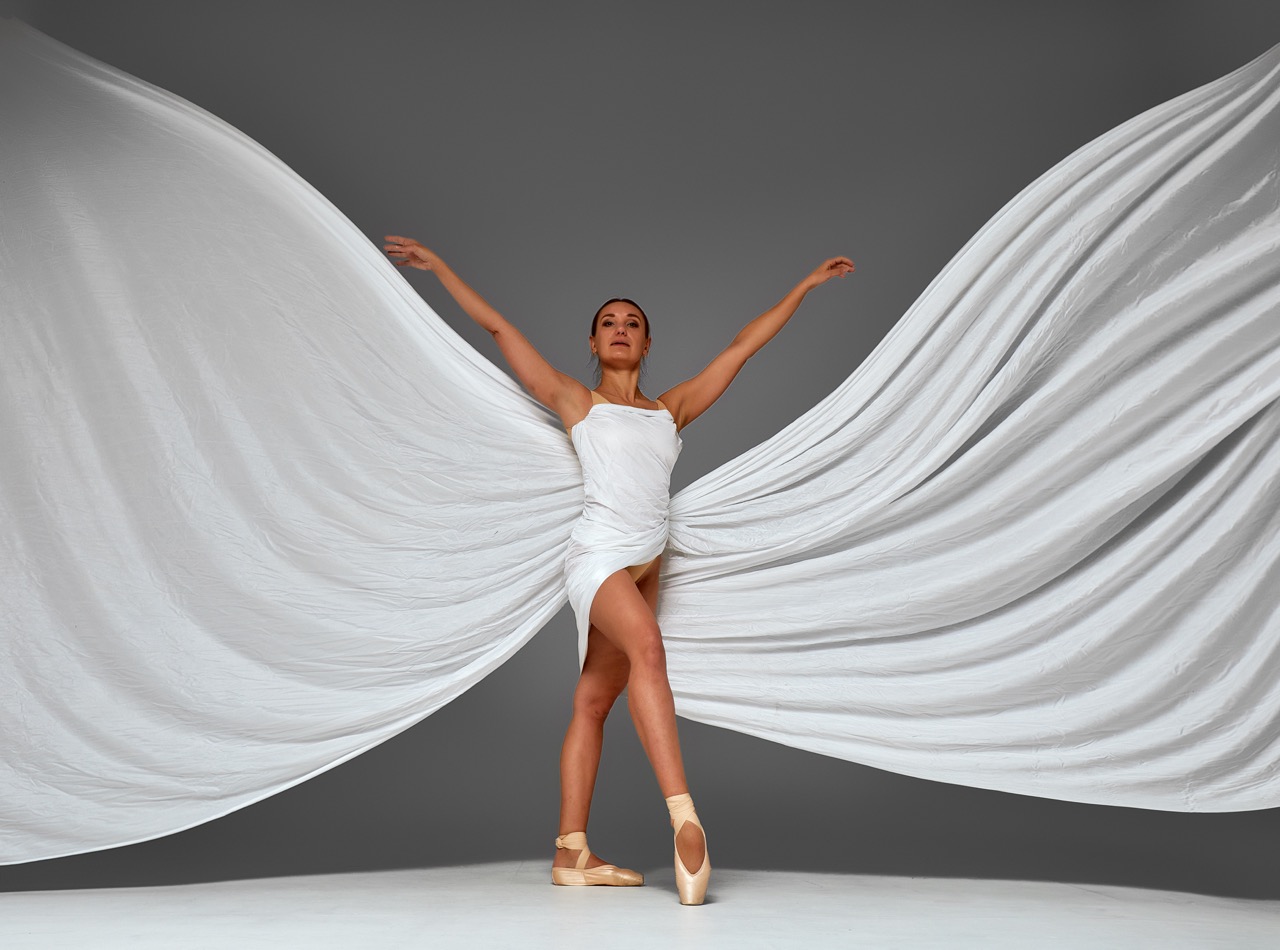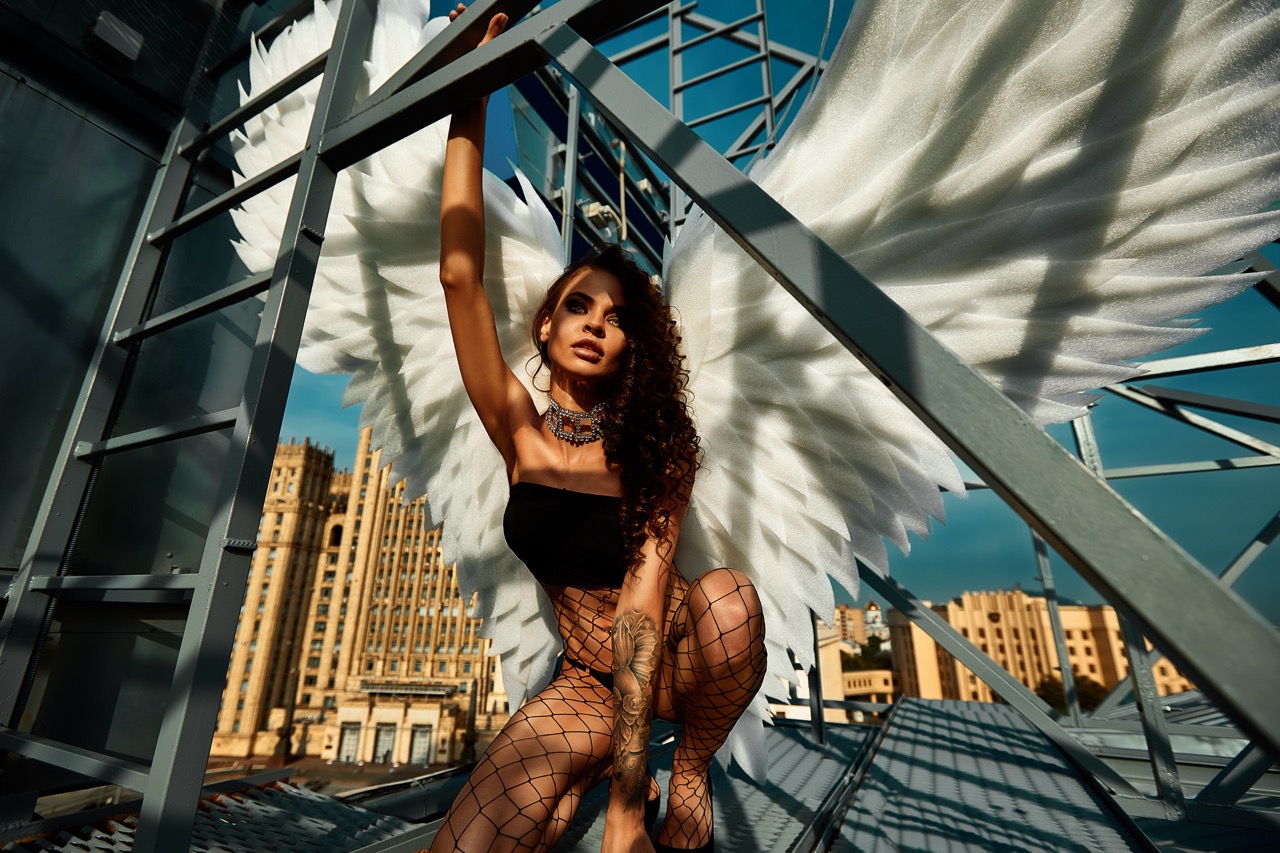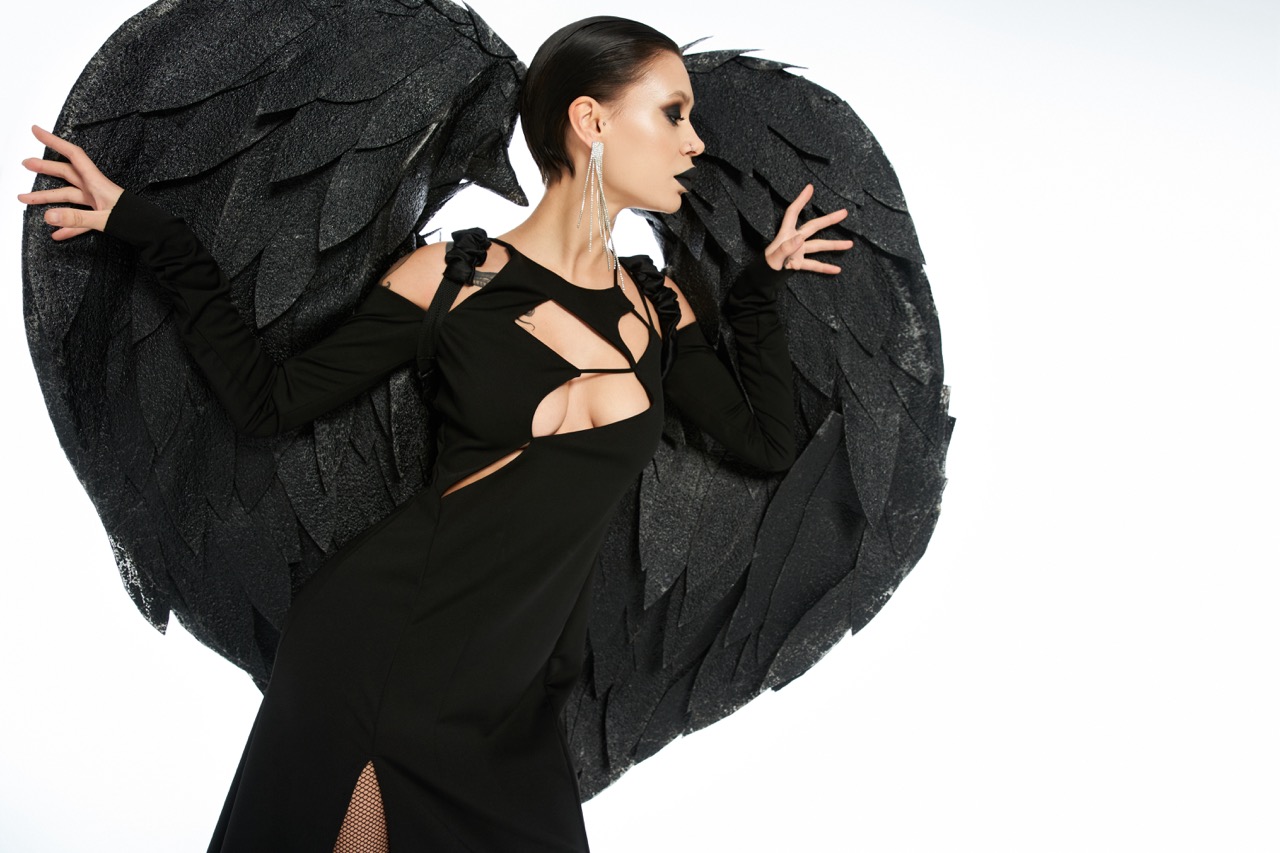Dance is a universal language, a form of expression that transcends borders and cultures. For centuries, it has served as a medium through which people connect with their spirituality, offering a conduit to the divine. Across religions and traditions, the act of dancing transforms the mundane into the sacred, allowing practitioners to articulate their beliefs, emotions, and desires through movement. In this article, we will explore the spirituality of dance in various religions, examining how this art form fosters connections with the divine, nurtures community bonds, and inspires transcendence.
Dancing with the Divine: Spiritual Expressions Through Movement
Dance has long been recognized as a powerful expression of spirituality across various cultures. In Hinduism, classical dance forms like Bharatanatyam and Odissi are performed as offerings to deities, embodying intricate stories from scriptures and mythology. These dances are not merely art forms but rather spiritual practices that connect the dancer with the divine, allowing for a communion that transcends words. The movements themselves are imbued with layers of meaning, each gesture (mudra) and step resonating with the sacred narratives of the gods and goddesses.
Similarly, in the African diaspora, dance serves as a vital spiritual practice that honors ancestors and deities. African traditional dances, often accompanied by rhythmic drumming, facilitate connections to the spiritual realm, invoking the presence of spirits and ancestors. These dances are communal events that bind people together in a shared spiritual experience, allowing individuals to express their faith and heritage through movement. The act of dancing becomes an invocation, a means of reaching out to divine forces and seeking guidance, blessings, or healing.
In the Christian tradition, dance has historically been viewed with ambivalence. However, in some denominations, such as the Pentecostal and Charismatic movements, dance is celebrated as an expression of joy and worship. Liturgical dance, often performed during religious ceremonies, allows practitioners to embody their faith physically, celebrating the divine presence through movement. This form of worship reinforces the idea that the body is a temple, capable of conveying devotion and praise through the artistry of dance.
Sacred Rhythms: How Dance Connects Us to Our Beliefs
The rhythm of dance is intrinsically tied to the heartbeat of culture and spirituality. In many Indigenous cultures, dance is a rhythmic embodiment of their beliefs, with movements reflecting the cycles of nature and the spiritual significance of the land. For instance, the Powwow dances of Native American tribes serve as a celebration of heritage, identity, and community. Each dance tells a story, often invoking the spirits of ancestors and the essence of the Earth, reaffirming the dancers’ connection to their cultural and spiritual roots.
In the Islamic tradition, certain forms of Sufi dance, such as the whirling of the Mevlevi order, exemplify the spiritual journey toward divine love. This practice, known as Sema, involves a series of turning movements that symbolize the soul’s ascension to God. The dancers, dressed in traditional garb, lose themselves in the rhythmic spinning, creating a meditative state that fosters deep contemplation and connection with the divine. The act of turning not only reflects the eternal nature of the cosmos but also serves as a profound expression of devotion and surrender to the divine will.
Dance also plays a significant role in the Jewish tradition, particularly within the context of celebrations and festivals. Traditional Jewish dances, such as the Hora, are integral to communal rituals, reinforcing the bonds of culture and faith. During events like weddings and Bar Mitzvahs, dance becomes a joyous expression of gratitude and connection to God and community. The collective movements of dancers echo the rhythms of life, creating a sacred space where individuals can express their faith through the shared joy of movement.
Twirls of Tradition: The Role of Dance in Worship Practices
In many religious settings, dance is an essential part of worship, guiding practitioners into a spiritual mindset. In ancient Greece, dance was integral to various religious festivals, including those honoring Dionysus, the god of wine and fertility. The ecstatic dances performed during these celebrations served as both a tribute and a means of communion with the divine, allowing participants to experience divine inspiration and transcendence. Such practices underscore the belief that movement can elevate the spirit and foster a deeper connection with the gods.
Buddhism also recognizes the significance of dance in its ritual practices. In Tibetan Buddhist cultures, sacred dance is performed during ceremonies to purify the environment and invoke blessings. These dances often depict the stories of deities and their teachings, using movement to convey deep spiritual truths. The performers embody the teachings through their movements, creating a visual and kinetic representation of Buddhist philosophy and devotion. This fusion of art and spirituality enhances the overall worship experience, inviting observers to contemplate the meanings behind the dance.
In modern Christian worship, dance has found a new expression through creative liturgy. Many contemporary churches incorporate dance into their services as a way to engage congregants and express joyous worship. This form of worship embraces various styles, from ballet to hip-hop, allowing individuals to connect with their faith in ways that resonate with their personal experiences. The incorporation of dance serves to enhance the spiritual atmosphere of worship, offering a dynamic means of expressing faith and community.
Transcendence in Motion: Exploring Dance Across Cultures
Dance is a powerful medium for transcendence, allowing individuals to step beyond the confines of everyday existence and connect with something greater than themselves. In many cultures, trance dances are performed as a means of achieving altered states of consciousness. For example, in the Andean traditions of South America, dance is often used in shamanic rituals to connect with ancestral spirits and the spiritual world. The rhythmic movements, combined with music and chanting, facilitate a journey into the spiritual realm, allowing participants to experience profound insights and healing.
In the context of the African diaspora, the practice of dance can often be seen as a means of resistance and empowerment. The rituals and celebrations that include dance honor the strength and resilience of communities, transforming historical pain into a celebration of identity and spirit. For instance, the dances associated with Kwanzaa celebrate African heritage, emphasizing unity and collective strength. These movements embody the cultural narratives of survival and triumph, illustrating how dance can serve as a form of spiritual and cultural transcendence.
Across Eastern traditions, the use of dance in spirituality often emphasizes harmony and balance. Tai Chi, a form of martial arts rooted in Chinese philosophy, integrates fluid movements that promote mindfulness and inner peace. While it may not be dance in the traditional sense, the graceful motions are deeply spiritual, fostering a connection to the flow of energy (Qi) within the body and the universe. This focus on movement as a pathway to transcendence exemplifies how dance can serve as a bridge between the physical and spiritual realms, enabling practitioners to cultivate awareness and connection.
The spirituality of dance offers a rich tapestry of expression across various cultures and religions, illustrating the profound connections between movement, belief, and the divine. From ancient rituals to contemporary expressions of faith, dance encapsulates the essence of spirituality, providing a means to celebrate, connect, and transcend. As we continue to explore and honor these diverse practices, we recognize that dance is not merely an art form but a vital expression of our shared humanity—a rhythm that resonates within every soul, inviting us all to join in the sacred dance of life.










